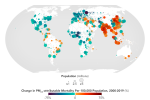
Tuesday, March 15th, 2022
Air pollution is the fourth-leading risk factor for death around the world. But one type of pollutant is particularly harmful: fine particulate matter (PM2.5). These small, inhalable particles (less than 2.5 micrometers in diameter) result from direct emissions into the air as well as interactions among other pollutants. PM2.5 is the leading cause of death
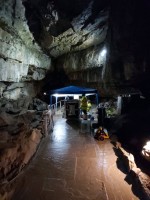
Tuesday, March 1st, 2022
An object hidden below ground has been located using quantum technology, a long-awaited milestone with profound implications for industry, human knowledge and national security. University of Birmingham researchers from the UK National Quantum Technology Hub in Sensors and Timing reported their achievement in Nature. It is the first in the world for a quantum gravity

Tuesday, February 15th, 2022
For a nuisance-reduction program after a summer rainfall 2021, GDG was challenged to monitor a several-thousand-hectare region and treat all mosquito breeding sites within it in just five days. As a result, biological larvicide treatment was applied to nearly one thousand hectares of areas producing mosquito larvae by GDG’s drone division in 2021. “Once a
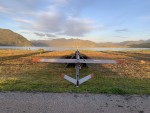
Monday, January 31st, 2022
The ability to provide a “volcano forecast” could help reduce the significant health, safety and even economic impacts of eruptions; they regularly disrupt aviation and the global supply chain we depend on. Last fall, circling the summit of an active volcano, a small aircraft moved us toward a future where remote but hazardous volcanoes are

Tuesday, January 18th, 2022
Earth’s global average surface temperature in 2021 tied with 2018 as the sixth-warmest on record, according to independent analyses done by NASA and the National Oceanic and Atmospheric Administration (NOAA). Continuing the planet’s long-term warming trend, global temperatures in 2021 were 1.5 degrees Fahrenheit (0.85 degrees Celsius) above the average for NASA’s baseline period, according
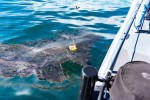
Tuesday, January 4th, 2022
NASA and National Oceanic and Atmospheric Administration (NOAA) scientists are teaming up to test remote-sensing technology for use in oil-spill response. Just off the coast of Santa Barbara, Calif., thousands of gallons of oil seep through cracks in the seafloor and rise to the surface each day. But this isn’t a disaster zone: It’s one
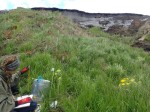
Monday, December 13th, 2021
A previously unknown source of the strong greenhouse gas nitrous oxide has been found in East Siberian Yedoma permafrost. Published in Nature Communications, the observation was made by an international group of researchers, with the lead of researchers from the University of Eastern Finland. Nitrous oxide (N2O) is the third-most important greenhouse gas after carbon

Tuesday, November 30th, 2021
An international team of engineers and technicians has finished assembling a next-generation satellite that will make the first global survey of Earth’s surface water and study fine-scale ocean currents. The Surface Water and Ocean Topography (SWOT) mission is just a year out from launch, and the final set of tests on the spacecraft have started.

Tuesday, November 16th, 2021
A new NASA-led study is the first to document changing atmospheric ammonia (NH3) concentrations in Africa over an extended period. Ammonia is an air pollutant that can lead to heart- and lung-related illness. When present in excess in an ecosystem, it can make soil more acidic and hinder plant growth. Ammonia is emitted naturally from

Tuesday, November 2nd, 2021
On Oct. 29, 2021, ESA and NASA publicly released the first globally harmonzed assessment of aboveground biomass—information that’s vital for managing global climate change. The Multi-Mission Algorithm and Analysis Platform (MAAP) provides seamless access to aboveground biomass information from both NASA and ESA Earth observation data. The revolutionary open-science tool is now fully operational and
